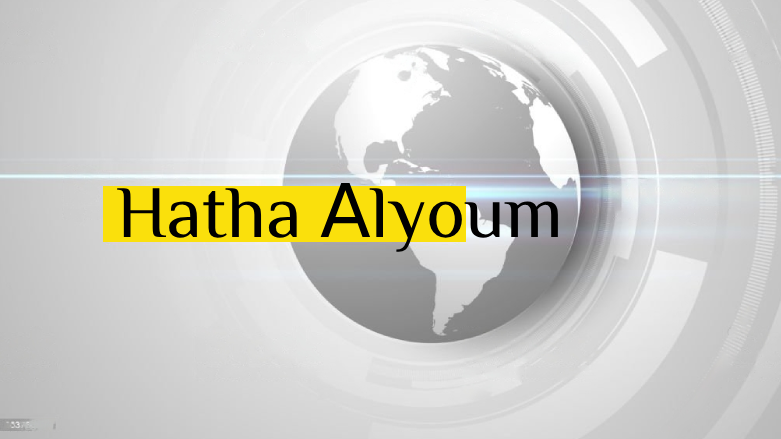Baghdad's Qishla tells story of modern Iraq

Built by the Ottoman Wali (ruler) in
1869, the Qishla Tower stands 23 meters tall on the bank of the River Tigris in
central Baghdad. In 1927, the tower was fitted with a clock, a gift from King
George V to King Faisal I of Iraq.
This landmark stands in the park of the Serail, the seat of government from 1851 to 1989 when Iraq was under Ottoman rule and then British
rule, then independence came under the monarchy, and the landmark has since survived the
political turmoil and conflict. Today, it is a monument surrounded by palm
trees and lush green lawns where school children stroll or play, and residents
pose for pictures and watch the sun turn the river into a giant mirror.
Cultural preservation
specialists have been brought in by the United Nations to evaluate and discuss
options for rehabilitating Kirkuk’s Qishla and Citadel – two important heritage
sites in the heart of the ethnically diverse city.
The Qishla, built in 1863 as an Ottoman era army garrison used during the winter months, lies “in a state of near collapse today,” the
United Nations Assistance Mission in Iraq (UNAMI) said.
The oldest part of Kirkuk – the historic Citadel – was built
in 884 BC, standing atop an artificial mound 130 feet high. With towers added
later, along with a 1,000-year old minaret and the Red Church, the modern city
eventually grew around it.
Iyad Tariq, director-general of the Iraqi Department for
Culture and Antiquities, grew up near the Citadel. He says it was once home to
850 families, a church, two mosques, minarets, a school, restaurants and cafes,
monuments, and a bustling market.
“With support from UNESCO and the international community,
the Citadel can be restored to its former glory,” said Tariq.
“The Citadel exemplifies the multi-cultural society of
Kirkuk,” said Martijn Dalhuijsen, head of the UN Development Coordination
office in Kirkuk.
It
contains Islamic, Christian, Jewish, Arabic, Seljuk, Turkmen, and Turkish
traces.
On November 5, Alice Walpole, the UN secretary-general’s
deputy special representative for Iraq, led a delegation of UNESCO, UNAMI, and
UN Development Coordination Office officials into Kirkuk to assess the two
historical structures and discuss options for restoration.
Prior to the initial assessment, meetings were held regarding
UN support for preserving cultural heritage sites.
UNESCO architect Giovanni Fontana, who specializes in
historic preservation, and Cultural Programme Officer Sami Al-Khoja, who was
part of the restoration team for the Erbil Citadel, took part in the meetings.
Rakan al-Jabouri, the acting Kirkuk governor, and Colonel
Wisam Abdullah, from Kirkuk’s Antiquities Police, also joined the assessment
visit.
“It would be a valuable symbol of reconciliation and recovery
to restore in the heart of the diverse city of Kirkuk,” Dalhuijsen said. The
restoration process would also provide much needed job opportunities for
construction workers, craftsmen and artisans, he added.
Restoration could also encourage tourism and religious pilgrimages while instilling a sense of pride for Kirkuk residents, the UN official added.
